General Atomics releases FUSE—an open-source fusion power design tool

Earlier this month, General Atomics made its Fusion Synthesis Engine (FUSE) software available to others who want to design and build magnetic confinement fusion power plants.

A message from Electrical Builders, Ind.
America’s Top Performing Nuclear Plants Rely on Electrical Builders, Industries to Expand and Extend the Life of Their Critical Electrical Assets

Earlier this month, General Atomics made its Fusion Synthesis Engine (FUSE) software available to others who want to design and build magnetic confinement fusion power plants.

The National Ignition Facility (NIF) at Lawrence Livermore National Laboratory has achieved fusion ignition at least five times, each time by directing its 192 high-powered lasers on a capsule containing a tiny, 2-millimeter target filled with hydrogen fuel. Not every shot achieves ignition, however. Tiny imperfections in the targets can mean fizzle, not fusion. But each of the targets used in successful experiments to date have something in common: they were characterized and selected by the 4Pi Integrated Metrology System, a new measurement system developed by General Atomics. Now, the team behind that system is being recognized.
GA announced last week that its Metrology Research and Development team had won the 2024 "Team of the Year" R&D 100 Professional Award from R&D World. The magazine that each year announces the R&D 100 awards that have been dubbed the “Oscars of Innovation” also selects just one “Team of the Year” and announces that award together with four other professional awards.

Because of its hardness and its hardiness in the face of high temperatures, silicon carbide has been used for industrial purposes for decades. It has proven its worth as a key component of tiny TRISO fuel particles. But SiC has a weakness—in its pure form it is too brittle for use in structural components, such as 12-foot-long light water reactor fuel cladding tubes.

Researchers at the DIII-D National Fusion Facility, the National Energy Research Scientific Computing Center (NERSC) at Lawrence Berkeley National Laboratory (LBNL), and the Energy Sciences Network (ESnet) are teaming up to make the high-performance computing (HPC) powers of NERSC available to DIII-D researchers through ESnet—a high-speed data network. Their collaboration, described in a May 29 news release, in effect boosts the computing power behind DIII-D’s diagnostic tools to make more data from fusion experiments available to researchers at DIII-D in San Diego and to the global fusion research community.
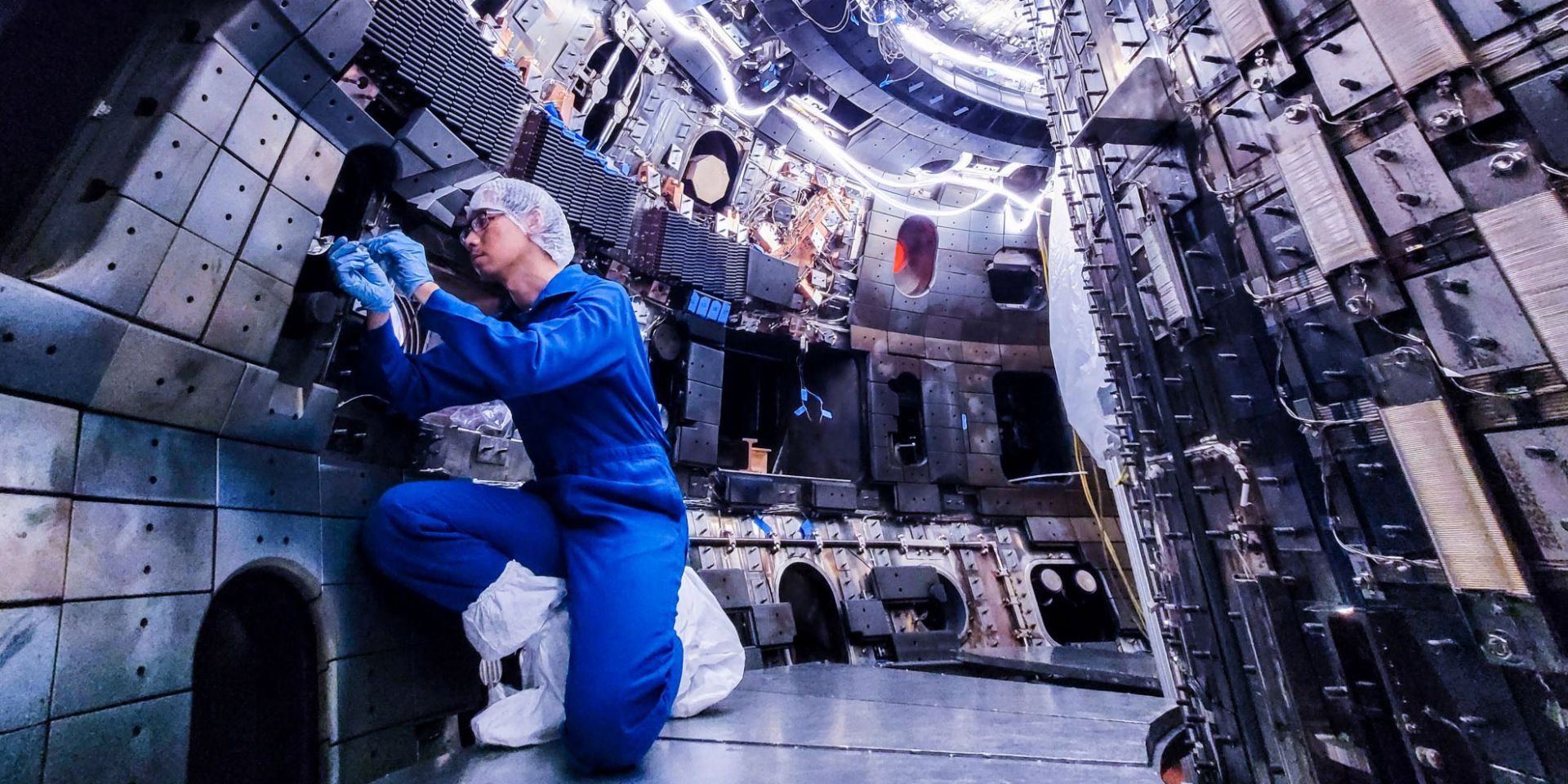
The DIII-D National Fusion Facility is starting up after an eight-month experimental hiatus, equipped with new and improved plasma control and diagnostic systems. The upgrades will help researchers from around the nation and the world resolve key physics questions to bridge the gap between current magnetic confinement fusion research and the first fusion power pilot plants. General Atomics, which operates DIII-D for the Department of Energy, announced the completion of upgrades on May 8.

General Atomics announced last week that it will work with the Emirates Nuclear Energy Corporation to help find opportunities to support the United Arab Emirates.
Representatives from both companies signed a memorandum of understanding at the CERAWeek conference in Houston, Texas. The ENEC will work closest with General Atomics’ GA-EMS team, which develops new technologies and aims to deliver breakthrough solutions supporting environments from undersea to space.
The Gateway for Accelerated Innovation in Nuclear (GAIN) announced June 26 the companies that have received GAIN Nuclear Energy Vouchers, which allow private companies to access the expertise and research capabilities of Department of Energy national laboratories to advance their projects toward commercial deployment. This is the third round of GAIN vouchers awarded for fiscal year 2023; the first round was announced in December 2022 and the second in March.
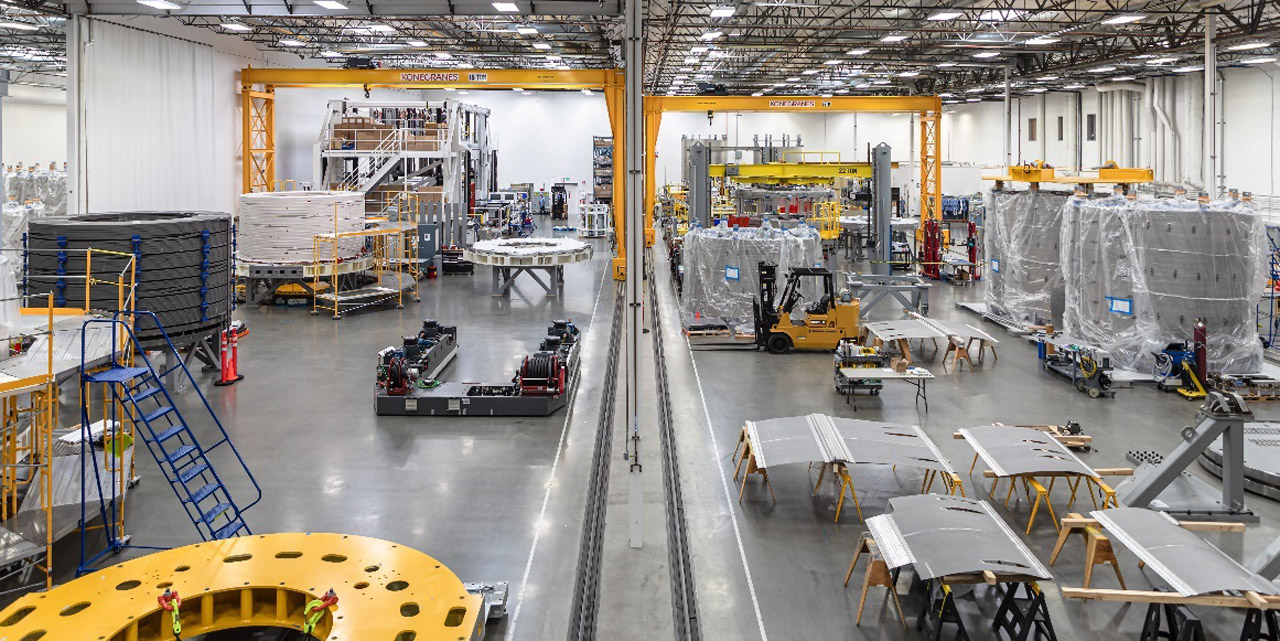
General Atomics (GA) and Tokamak Energy Ltd. are each independently developing magnetic confinement fusion power plant concepts that would use a tokamak and high-temperature superconducting (HTS) magnets to confine and shape a plasma heated to over 100 million degrees Celsius. On May 30, they announced a memorandum of understanding to collaborate on HTS magnet technology for fusion energy and other applications.
The Department of Energy yesterday announced the awarding of $22.1 million to 10 industry-led nuclear projects, including two aimed at expanding clean hydrogen production and one at advancing a microreactor design. Other projects selected for funding are focused on addressing nuclear regulatory hurdles, improving existing reactor operation, and facilitating new advanced reactor developments.
Abstracts for all 10 projects can be found here.
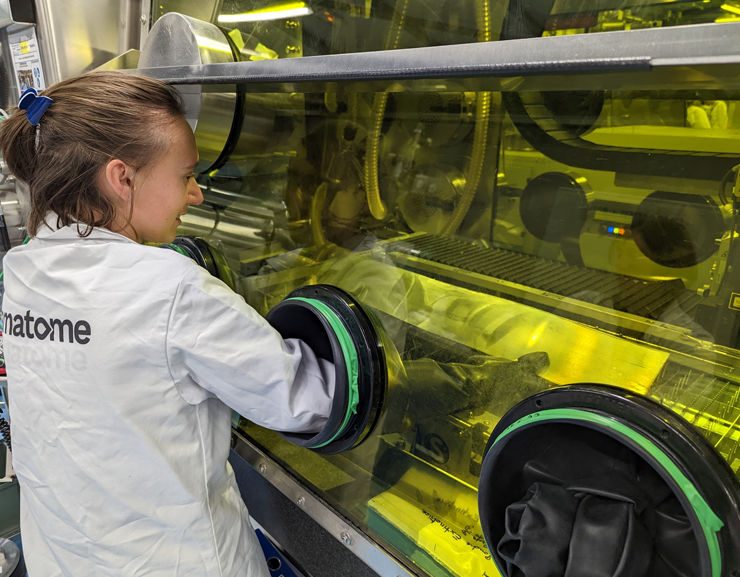
Framatome is prepared to manufacture a novel molybdenum-uranium (U-Mo) fuel to extend the life and safe operation of the Forschungsreaktor München II (FRM II) research reactor in Germany. A new fuel supply—one that uses uranium enriched to less than 20 percent U-235—means the FRM II can continue to supply neutrons to industry and the scientific community. The fuel is “Europe’s low-enriched fuel with the highest density ever realized for research reactor operations,” according to Framatome’s April 27 announcement.
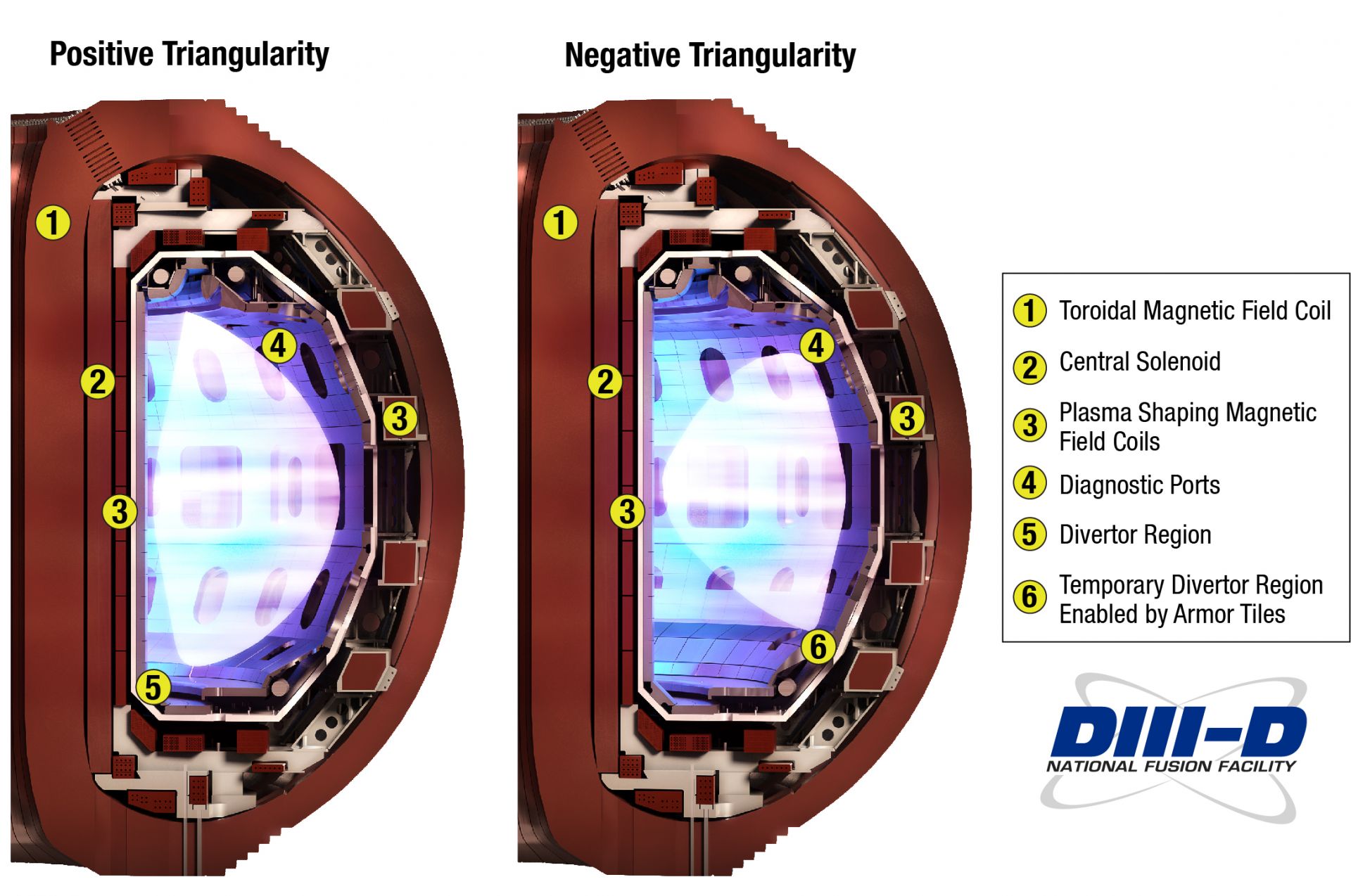
The DIII-D National Fusion Facility in San Diego, Calif., has completed a monthlong research campaign using a negative triangularity plasma configuration inside its fusion tokamak and produced initial data that “appear very encouraging,” according to an April 24 news release from General Atomics (GA), which operates the Office of Science user facility on behalf of the Department of Energy. Full experimental results on “the highest-powered negative triangularity experiments in the history of the U.S. fusion research program” are expected this summer, according to GA.
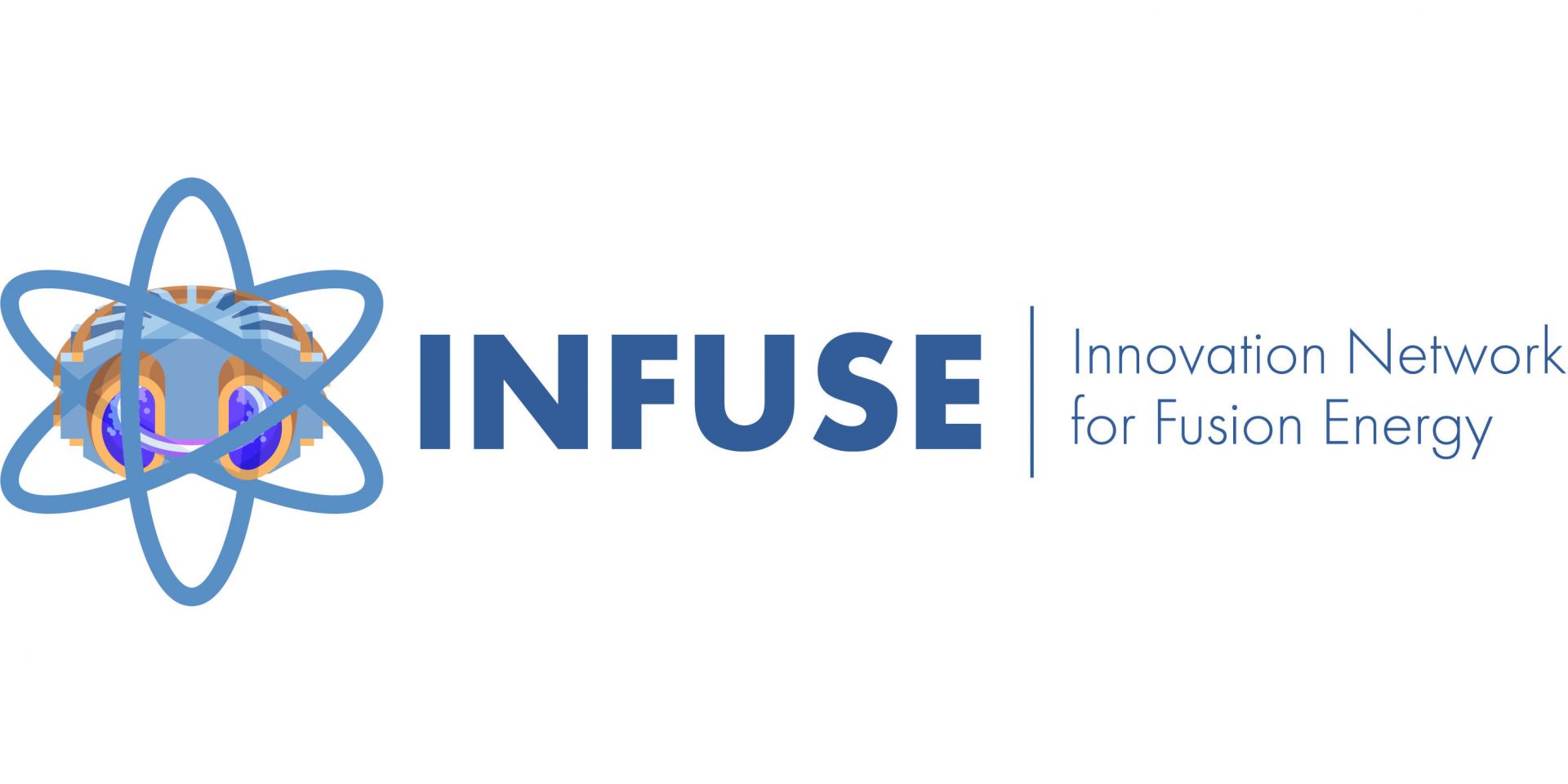
The Department of Energy’s Office of Science announced $2.3 million in funding on January 17 for 10 fusion energy projects that will allow private companies to work with national laboratories to address specific challenges in fusion energy development. Seven private companies and seven national laboratories are represented in the 10 projects selected for funding, provided through the INFUSE (Innovation Network for Fusion Energy) program. The second-round fiscal year 2022 awards follow a first round of 18 project awards announced in July 2022.
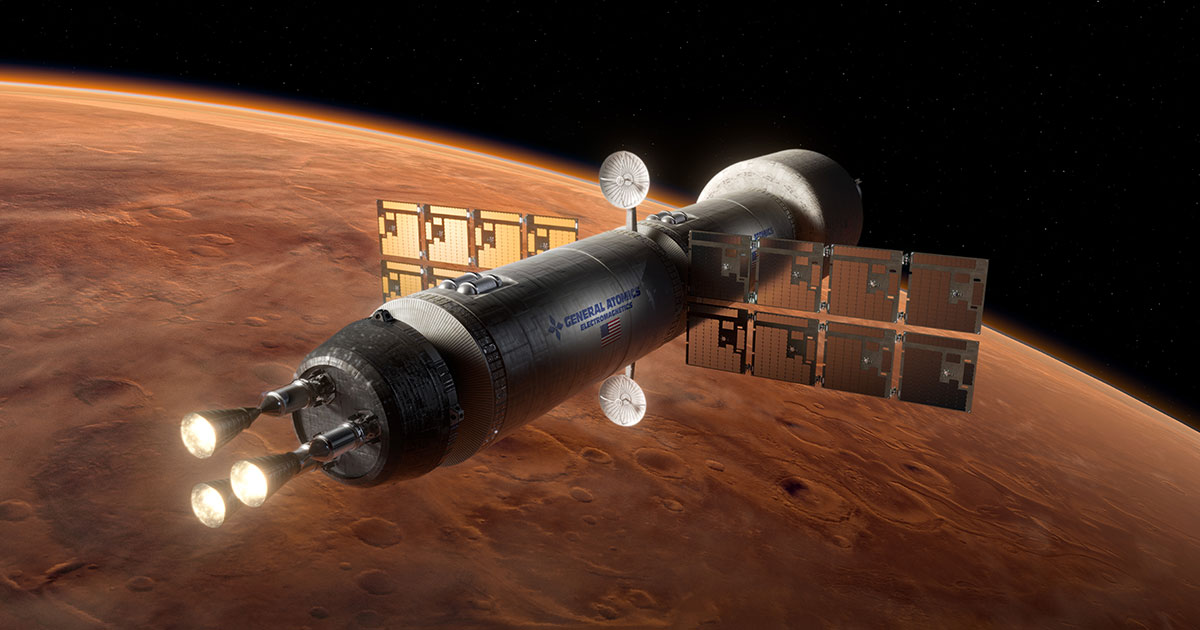
General Atomics Electromagnetic Systems (GA-EMS) has completed the baseline design of a reactor and engine for a nuclear thermal propulsion (NTP) rocket and has successfully tested key reactor components under contract from the Defense Advanced Research Projects Agency (DARPA), the company announced on November 7. The work was performed under a Track A, Phase 1 contract for the Demonstration Rocket for Agile Cislunar Operations (DRACO) program; Phases 2 and 3 of DRACO could culminate in a demonstration of the nuclear-propelled spacecraft in cislunar space (the region between the Earth and the Moon) during fiscal year 2026.
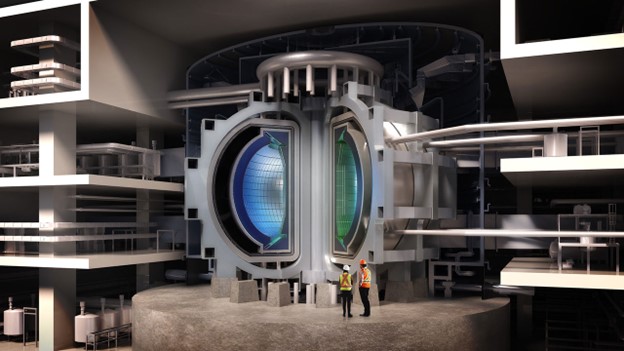
General Atomics (GA) announced on October 20 that it has developed a steady-state, compact advanced tokamak fusion pilot plant concept “where the fusion plasma is maintained for long periods of time to maximize efficiency, reduce maintenance costs, and increase the lifetime of the facility.”

The DIII-D National Fusion Facility now boasts a unique automated system that allows for a quick reversal of the direction of its magnetic field, expanding the range of possible fusion experiments while reducing downtime. General Atomics, which operates the DIII-D for the Department of Energy’s Office of Science, announced the new Toroidal Field Reversing Switch (TFRS) on July 26.
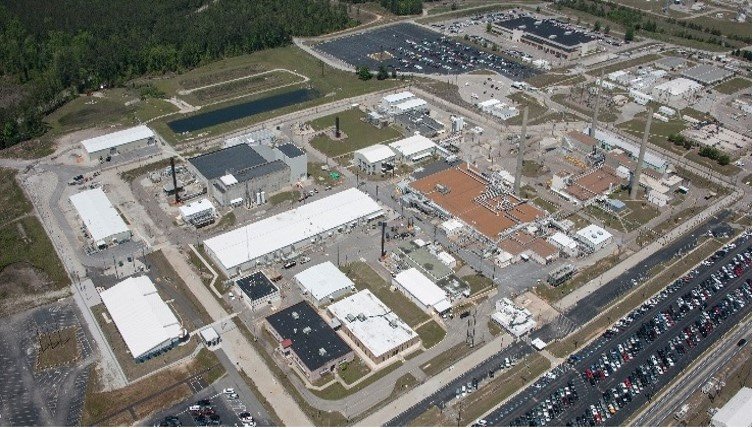
When the Department of Energy announced Innovation Network for Fusion Energy (INFUSE) awards earlier this month, Savannah River National Laboratory was named a recipient of two of the 18 awards. SRNL released a statement on July 19 explaining how a national lab with a long history of supporting environmental management and national security missions can lend a hand in the development of future commercial fusion power.

Researchers at General Atomics (GA) are proposing a breeding blanket made of modular silicon carbide–based components to withstand the intense conditions in a high-power fusion power plant. The GA modular blanket (GAMBL) concept is described in an article published this month in the journal Fusion Engineering and Design, and was introduced by GA in a July 13 press release.

General Atomics’ Magnet Technologies Center in Poway, Calif., played host last week to French ambassador Philippe Étienne, the company announced June 16. During the visit, which was hosted by Vivek Lall, chief executive of the General Atomics Global Corporation, Étienne viewed ITER central solenoid modules—all destined for shipment to France—in several stages of the fabrication process.
“General Atomics and French organizations have a strong relationship in both the defense and energy sectors, as well as in the unmanned field, that meet both France’s and the United States’ important interests,” Étienne remarked during his visit.

The Department of Defense wants to deploy spacecraft in cislunar space—the area between Earth and the moon’s orbit—with thrust and agility that only nuclear thermal propulsion (NTP) can provide. The Defense Advanced Research Projects Agency (DARPA), through its Demonstration Rocket for Agile Cislunar Operations (DRACO) program, is looking to private industry for the design, development, fabrication, assembly, and testing of a nuclear thermal rocket engine fueled with high-assay low-enriched uranium fuel to heat a liquid hydrogen propellant.

Researchers at the DIII-D National Fusion Facility (DIII-D) are preparing to test a new method that could enable future fusion power plants to withstand the heat and particle flow created by the fusion reaction, General Atomics reported this week.